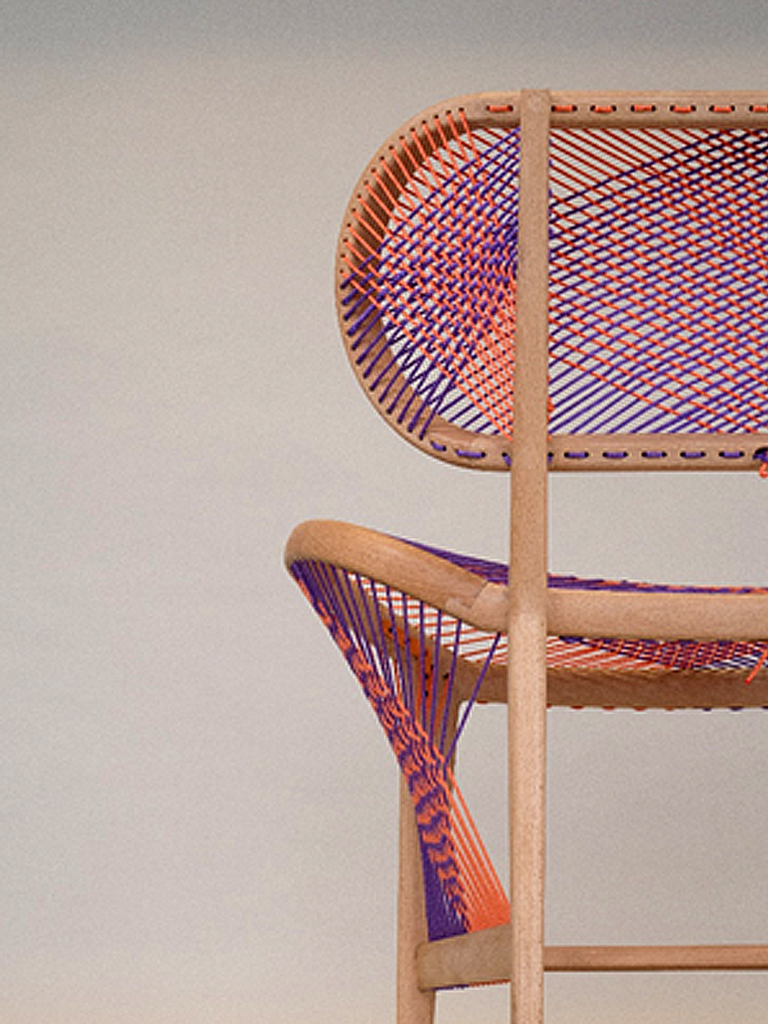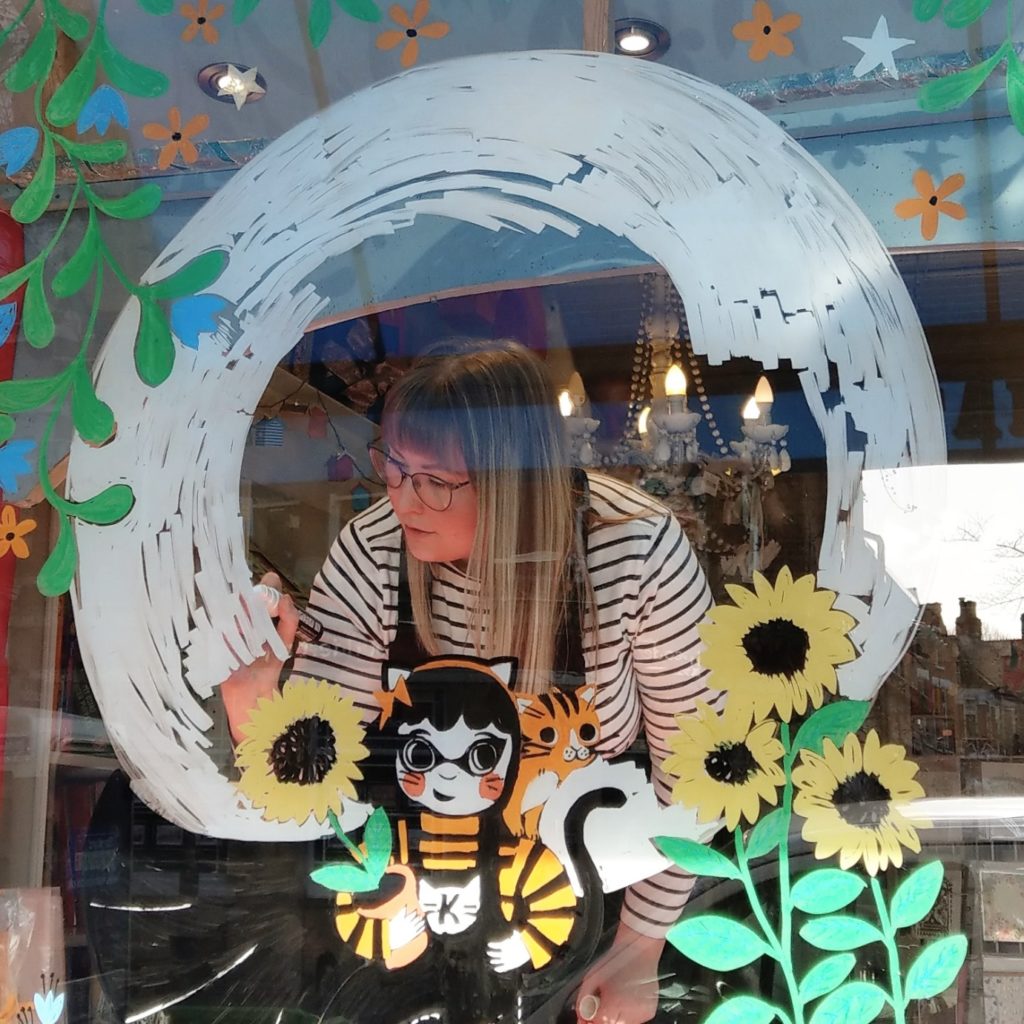Welcome to the first of our series of interviews with exciting young artists from across the arts.
Today’s interview is with Kenyan-born designer Arjun Singh Assa, the brains behind Assa Designs. Having exhibited across the UK, his work has been shown at the London Design Festival, New Designers, Young furniture Makers, and 100% Design – where his “weave chair” was awarded Product of the Year. Recently featured in “This Girl Makes”, his innovative and ethical approach to materials has singled him out as a young designer to watch.
Since graduating you’ve achieved so much as a designer, but how did you first get into furniture?
When I first started out, it was initially working in my dad‘s workshop. I solely worked with timber and everything I did was in this hardwood, I believe the English name is Iroko.
So, when I came to the UK, I was very much looking at things from a woodworker’s perspective – which in reality, is just one way to approach a problem.
It’s really my university education that opened my eyes to new processes. I remember a tutor of mine telling me, “You think and work with timber for every brief, you need to look outside of that to grow.”
Being honest, I’ll always love timber. My dad passed away two months ago, and I realised it is more than just a material to me, it speaks so much about family heritage, my dad, and his history.
But, as a designer I try to push myself and use materials I’ve never worked with. At the moment, I’m mainly working with plywood. People think of it as cheap, but actually it’s this versatile material that dates all the way back to the 1860s.
I think we take Materials for granted in general. We don’t really realise where they actually come from, or the effort than went into them. Just think about the number of processes involved in making you clothing, your carpet, your door, your lamp. For the most part they’re mass-produced in these warehouses, God knows where…we’re a weird generation that enjoys these materials without questioning how they got to our homes.
You yourself are very conscientious designer, how does your relationship with materials, especially timber, influence how you think about the environment?
Fortunately, my design education covered sustainable design, well more correctly responsible design. I feel fortunate that there have been designers since the seventies raising these issues. Victor Papanek, the godfather of responsible design, faced real opposition when he published “Design for the Real World”. But fast forward forty, fifty, years, and his work’s applauded.
We’ve come so far, but I think design education is still outdated when it comes to materials; young designers rarely learn where they’re sourced or how they’re managed.
Take trees – a softwood tree takes around ten to twenty years to grow, whereas hardwood would take sixty to a hundred. University doesn’t teach you that, you have to go to a workshop to learn these things.
I mean, what does the word sustainable mean? We immediately think about the environment, which is wrong. As a designer, you should be thinking from a more ethical point of view, of taking responsibility for your work. After all, you’re the one making this product that’s going to go out there into the world.
There are three pillars of sustainability: economic, social, and then environmental. So we should also be thinking about fair pay and the entire chain of production. With so many companies trying to capitalise on “sustainable” products, it’s never been more important to be aware of ethical design, for both designers and consumers.
– Interviewed by Ellen Charlesworth







